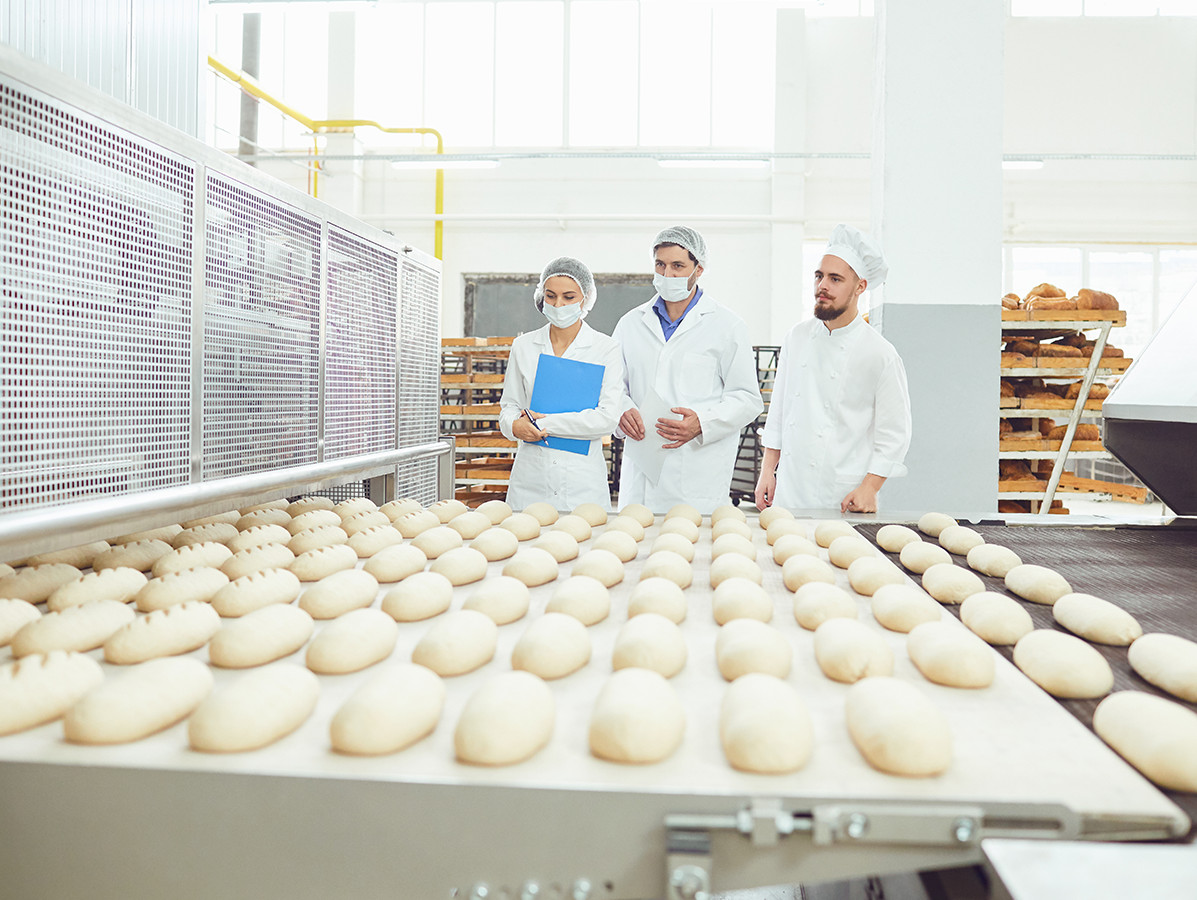
Scarcity in the labour market is slowing down the growth of food companies. The shortage of people requires maximum creativity from entrepreneurs in engaging and binding staff in order to secure future growth. In addition, more use of robots can provide relief. So says ING Sector Banker Food Ceel Elemans, in the Food theme update.
The labour market tightened further in the fourth quarter of 2021. This is reported by Statistics Netherlands (CBS). The total number of vacancies was 387,000 against 370,000 unemployed. For the first time the number of vacancies exceeded the number of unemployed. According to economists, this situation will continue for some time. For many companies in almost all sectors it has become even more difficult to find good employees.
Tightness on the labour market and increasingly higher wage costs are forcing companies to take a different look at their business operations. In the latest Economic Survey by CBS, an increasing percentage of businesses cite the shortage of labour as the biggest obstacle. This increasing shortage will affect the growth rate of the food industry in 2022.
The ageing wave in the food industry is about the same as the national average and the same is true for the age group 15 - 25. In the food industry, 24,000 employees will retire between now and 2030. That is 20% of the current workforce, which is lower than in the total economy. Nevertheless, the food industry will have to make extra efforts to retain talent. On the one hand, the food industry has the tide on its side. Corona has shown us all the importance of a well-functioning food production system. On the other hand, working in harsh conditions (heat, cold, humidity, shifts) is a regular occurrence. This can now be an additional disadvantage. It is therefore important to keep the work sufficiently attractive in a competitive playing field and to limit the outflow to other sectors.
Wage costs are rising in the food industry. Labour productivity is not moving in parallel and that affects the competitive position. This is certainly true for the Netherlands, which is heavily export-oriented. The labour market is changing and the food industry is changing with it. The need for skilled, technical and IT personnel is growing. Robotisation, Artificial Intelligence and digitisation require different skills, abilities and a higher level of education. Part of the solution is to apply digitalisation and robotisation even more. In three years' time, the Netherlands has climbed from place 3 to place 1 in Europe. More companies are considering investing in robotisation. To remain attractive for current staff and new talent, but also to maintain their competitive position.
Read the full sector theme update
Image: © Studio Romantic/Shutterstock.com
Source: ING